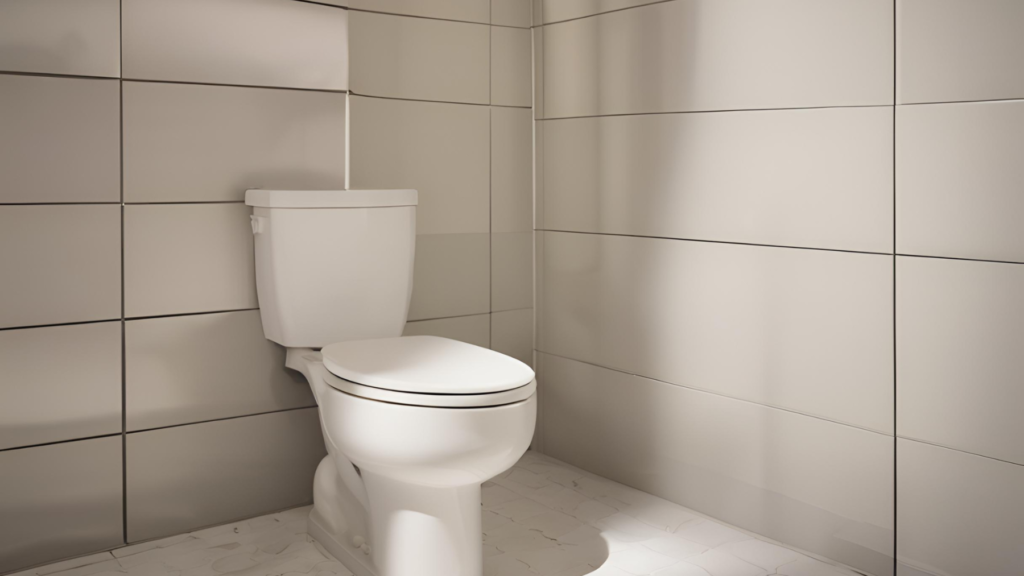Is your toilet bowl continuously filling up? This common issue can quickly become a frustrating experience, especially if you’re unsure how to address it.
While calling a plumber may seem like the only option, understanding the underlying problem and how to resolve it can save you both time and money. In this blog post, we’ll guide you through diagnosing and fixing a toilet bowl that won’t stop filling.
Whether you’re a plumbing professional, a beginner, or a homeowner, this comprehensive guide has you covered.
Why Does My Toilet Bowl Keep Filling Up?
The first step in fixing any problem is understanding its cause. A toilet bowl that keeps filling up usually points to one of three common issues:
- Faulty Fill Valve – This component controls the water coming into the tank. If it’s not functioning correctly, the bowl will keep filling.
- Worn-Out Flapper – The flapper regulates water flow from the tank to the bowl. A malfunctioning flapper can cause continuous water flow.
- Misadjusted Float Arm – This part helps maintain the right water level in your tank. If it’s not set correctly, it can lead to overfilling.
Diagnosing the Problem
To fix your toilet, you first need to identify which component is causing the issue. Here’s a step-by-step guide to help you diagnose the problem:
Step 1: Remove the Tank Lid
Carefully take off the toilet tank lid and place it aside. Look inside to see if anything seems out of the ordinary.
Step 2: Observe the Fill Valve
Flush the toilet and watch the fill valve in action. If water keeps flowing after the tank is full, the fill valve might be the culprit.
Step 3: Check the Flapper
Look at the flapper at the bottom of the tank. If it doesn’t seal properly after flushing, water will keep flowing into the bowl.
Step 4: Examine the Float Arm
Locate the float arm and ensure it’s moving freely. If it’s stuck or set too high, it could cause the bowl to overfill.

Fixing the Fill Valve
If you suspect a faulty fill valve, here’s how to adjust or replace it:
Step 1: Turn Off Water Supply
Before you begin, turn off the water supply to the toilet. You’ll find the shut-off valve near the base of the toilet.
Step 2: Adjust the Fill Valve
If the valve is adjustable, use a screwdriver to tweak it. Lowering the valve can reduce the water flow.
Step 3: Replace the Fill Valve
If adjusting doesn’t work, you might need to replace the entire fill valve. You can find instructions in the fill valve replacement kit.
Step 4: Turn On Water Supply
Once adjustments or replacements are complete, turn the water supply back on and test the toilet to see if the problem is fixed.

Fixing the Flapper
A worn-out flapper is another common issue leading to a continuously filling toilet bowl. Here’s how to address it:
Step 1: Turn Off Water Supply
Again, start by turning off the water supply to avoid any spills.
Step 2: Inspect the Flapper
Check the flapper for any visible signs of wear and tear. If it looks damaged, it’s time to replace it.
Step 3: Remove and Replace the Flapper
Detach the old flapper from the chain and the hinges. Attach the new flapper by following the manufacturer’s instructions.
Step 4: Turn On Water Supply
Restore the water supply and observe the next flush to ensure the new flapper seals properly.
Adjusting the Float Arm
An improperly adjusted float arm can also cause overfilling. Here’s how to correct it:
Step 1: Turn Off Water Supply
Safety first—turn off the water supply to the toilet.
Step 2: Adjust the Float Arm
Bend the float arm slightly downward to lower the water level in the tank. If your toilet has a screw adjustment, use it to fine-tune the arm’s position.
Step 3: Test the Adjustment
Turn the water back on and flush the toilet. Check if the water level stays below the overflow tube. If it does, you’ve successfully adjusted the float arm.
Prevention Tips
Preventing future issues can save you from repetitive fixes. Here are some tips for maintaining a well-functioning toilet:
Regular Inspections
Regularly inspect the fill valve, flapper, and float arm for signs of wear or misalignment.
Clean the Components
Cleaning the tank components can keep them functioning smoothly. Use a gentle cleaner to remove any buildup.
When to Call a Professional
If you’ve tried these fixes and the problem persists, it might be time to call a professional plumber. This is especially important if you notice leakage, strange noises, or persistent overflows.
Final Thoughts
Maintaining a properly functioning toilet is crucial for household comfort and hygiene. Understanding and fixing basic plumbing issues empowers you to handle minor problems without always relying on a professional.
By following these steps, you can fix a toilet bowl that keeps filling up and prevent future issues.
For those interested in more advanced plumbing tips or personalized advice, consider booking a consultation with a plumbing expert. Taking proactive steps now can save you time, money, and headaches down the line. Happy plumbing!